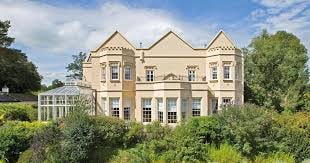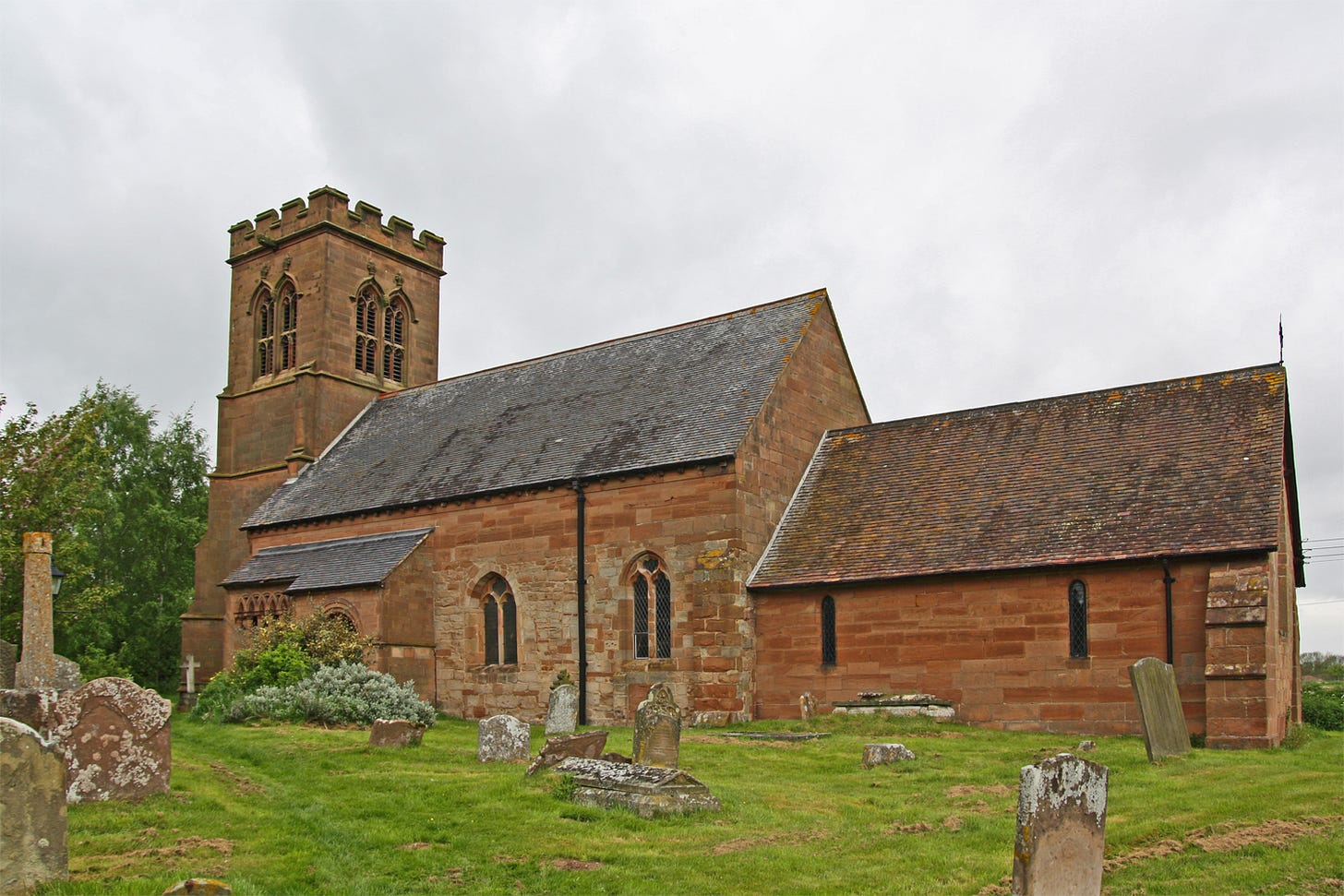What Florence did next...
A short addition to the story!
Several people have asked me what our heroine Florence did next. Having returned from the extraordinary expedition into deepest Africa, regularised their relationship with a secret wedding in St James’s Piccadilly, and found themselves the toast of London Society, Sam and Florence settled down into a surprisingly normal life.
The extraordinarily generous contract agreed with Alexander Macmillan that gave Samuel two-thirds of the profits on his Nyanza book, stood them in good stead, going through four editions and four reprints in ten years. Macmillan published nearly all of Baker’s subsequent works, although the negotiations for the second book, on Baker’s travels through Abyssinia, suggest that he was slightly nervous that he might have overpaid for the first. In March 1867 they were discussing the second edition of Albert-Nyanza, and the first edition of Abyssinia. They had agreed that Baker would receive £400 for the second edition of 3,000 copies of the first book, and for the second, Alexander suggested £1,000 for 500 copies and two-thirds profits. When Baker protested how much less this was than he had commanded for the first book, Macmillan replied:
‘though one may venture now and then to do a plucky and unprofitable thing, but ... we cannot do all our business on such terms, even when we are doing it for one we honour so much as we do [you]. . . my calculation is that you will have received £3,900 and we have £700 . . . our general overhead stands at about 5 per cent of sales – were I to take this into account our actual profits would I am afraid be less than nothing.’
He need not have been too concerned: over the next few years Nyanza sold some 25,000 copies, and even Abyssinia sold 18,000. The couple’s return to Africa in 1869 and four year stay, attempting to root out the slave trade in the Nile Basin, may not have achieved its original aims, but it paid Baker handsomely - appointed Governor-General by 'Ismail the Magnificent’, the Khedive of Egypt and ruler of Sudan, he commanded an annual salary of £10,000, returning to England in 1873 a millionaire, with another best-selling book, Ismailia, in his bag.
Samuel and Florence now bought themselves a beautiful house, Sandford Orleigh, near Newton Abbot in Devon, with views across to the River Teign. There Florence, Samuel and his daughter Ethel would spend the rest of their lives, hosting dinners and shooting parties, entertaining the Prince of Wales, and spreading bounty across their neighbourhood. There was one suggestion that Baker might have returned to Africa, to rescue General Gordon from the siege of Khartoum, but apparently Florence put her foot down. Nevertheless the couple travelled widely, visiting India, Japan and the Rockies, mostly in pursuit of the ‘Big Game’ that Samuel loved to hunt, and to write about. ‘Wild Beasts and their Ways’ was one of his last works, published in 1890. Florence and Ethel settled in to Devon society: they were regularly the principal guests at the Teignbridge Cricket Club Annual Ladies Day, they contributed to sales of work for the Exeter ‘Babies’ Welcome Club’, and attended Sunday service at St Mary’s, Newton Abbot. In 1890 the local newspaper was thrilled to report that the Bakers were shortly to play host to another eminent African explorer, Henry Morton Stanley of ‘Livingstone I presume’ fame.
Samuel died on 30 December 1893, aged 72. He had been failing for some time, plagued by gout and angina - any inspection of photographs would suggest that this was not surprising. The Exeter and Plymough Gazette reported that his death was hastened by an unfortunate newspaper report: someone unknown to the family had written to The Times warning that Baker was fading, and when Samuel read this he became greatly alarmed ‘and at once abandoned all hope of recovery.’ His death when it came, was ‘somewhat sudden’, but Florence and Ethel were with him. His last words were ‘Flooey, how can I leave you?’ Following Sam’s death, Florence ordered a 50-gallon cask of fine claret and instructed the butler to put it to good use in entertaining his friends, neighbors and estate staff.1
Florence herself lived on in Sandford Orleigh with Ethel and a generous household of nine servants, until her death in March 1916, aged 74. By this time she had firmly established her origins as the daughter of Matthew Finnian, born in Budapest on 6 August 1841. Her family would also claim that she was related to the noble Hungarian Von Sass family. Her body was taken by train to the family vault at Grimley near Worcester. Her estate, worth over £11,000 (over £800,000 in today’s money, according to the Bank of England Inflation Calculator) included a generous bequest to the local cottage hospital. She had come a long way from the Slave market in Bulgaria.
I’m grateful to Rollo for finding me an article in Sporting Classics Daily from which I have extracted this nugget of gold!





Sarah- I had no idea about this part of Samuel’s end of life so I’m glad to have learned this. Thank you so much for sharing this story! 🙏
Thank you for the follow-up! I've been checking out Sandford Orleigh online all weekend - I think now divided into luxury homes and apartments, and pretty much swallowed up by Newton Abbot, though still with the views over the Teign intact. Hurrah for Florence establishing herself in society. I know Grimley; next time I am up that way I shall visit the church.